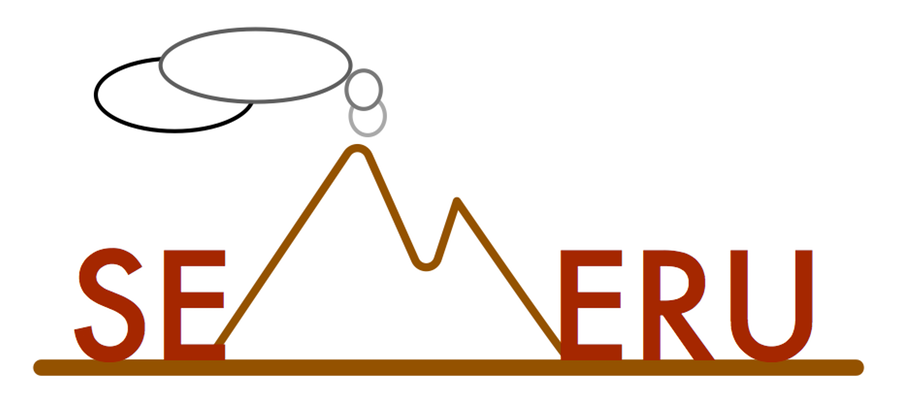FUSION: Improving Mobile Bug Reporting
Team Members: Kevin Moran, Mario Linares-Vásquez, Carlos Bernal-Cárdenas, & Denys Poshyvanyk
College of William & Mary --- SEMERU
Purpose
This project was created by the Software Engineering Maintenance and Evolution Research Unit (SEMERU) at the College of William & Mary, under the supervision of Dr. Denys Poshyvanyk. The major goal of the FUSION project is provide a more effective means of off-device bug reporting for Android applications that facilitates reporting through auto-completion, and provides detailed information to developers to aid in bug reproduction. In the future we hope to build out the tool to provide fault location capabilities and bug fixing suggestions.
Video Demonstration
Publications
FUSION: A Tool for Facilitating and Augmenting Android Bug Reporting
‣ Kevin Moran, Mario Linares-Vásquez, Carlos Bernal-Cárdenas, and Denys Poshyvanyk
‣ Proceedings of 38thACM/IEEE International Conference on Software Engineering (ICSE’16), Formal Research Tool Demonstration Track, Austin, TX, May 14-22, 2016, pp. 609-612 (32% Acceptance Rate)
‣ [pdf | software & data | slides]
Auto-Completing Bug Reports for Android Applications
‣ Kevin Moran, Mario Linares-Vásquez, Carlos Bernal-Cárdenas, and Denys Poshyvanyk
‣ Proceedings of 10th Joint Meeting of the European Software Engineering Conference and the 23rd ACM SIGSOFT Symposium on the Foundations of Software Engineering (ESEC/FSE’15), Bergamo, Italy, August 31-September 4, 2015, pp. 673-686 (25.4% Acceptance Rate)
‣ [pdf | software & data | slides]
Enhancing Android Application Bug Reporting - 🏆 Second Place Graduate Student in ACM SRC
‣ Kevin Moran
‣ Proceedings of 10th Joint Meeting of the European Software Engineering Conference and the 23rd ACM SIGSOFT Symposium on the Foundations of Software Engineering (ESEC/FSE’15), Student Research Competition (SRC), Bergamo, Italy, August 31-September 4, 2015, pp. 1045-1047
‣ [pdf | tool & data | poster]
Replication Package -FSE'15
This replication package contains the following items:
- An overview of the results presented in the paper.
- Access to all of the data generated from the User Studies used to evaluate FUSION, along with instructions on how to interpret and use the data.


